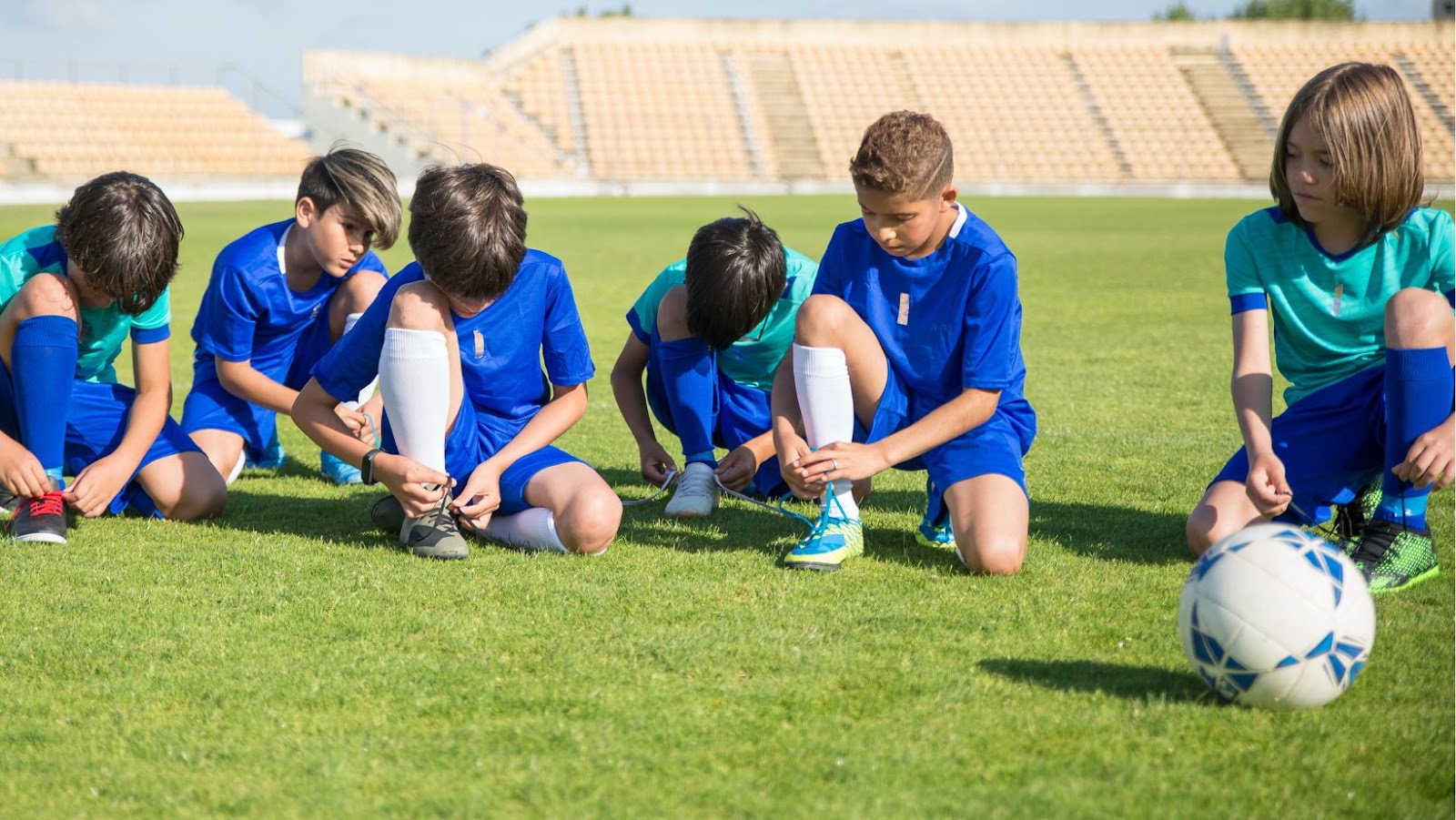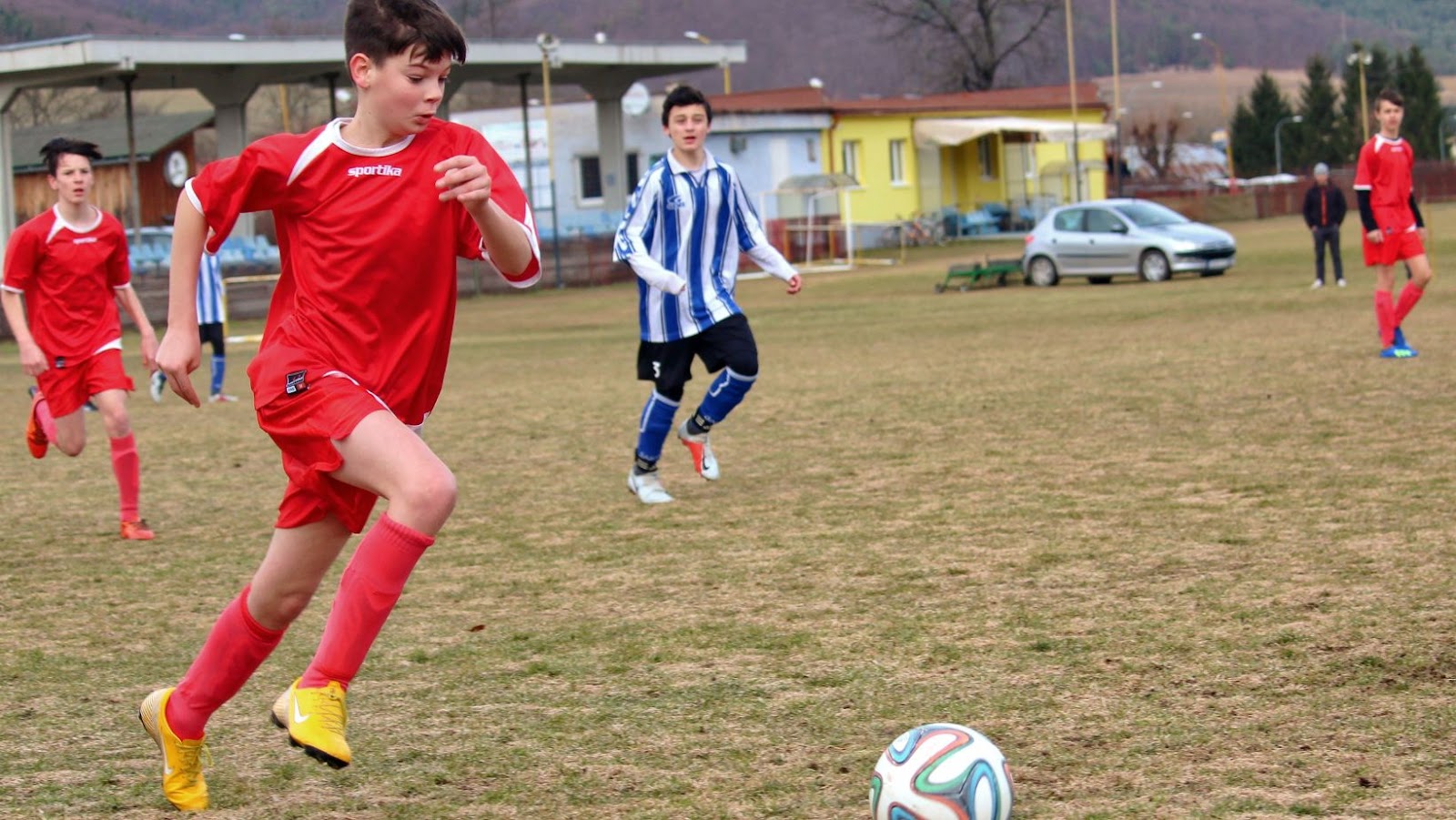Soccer is a Sport That is Enjoyed by People of all Ages all Over the World
While it is a beloved pastime for many, it is important to remember that soccer is still a sport and comes with its own risks. One of the most important things that players can do to protect themselves is to wear shin guards.
Shin guards are pieces of padding that are worn around the shins to protect them from impact. They are typically made from a hard plastic or foam and are covered in a fabric sleeve. Shin guards are required by most leagues for players of all ages, but they are especially important for young players.
Youth How Should Soccer Shin Guards Fit
While the exact rules may vary from league to league, as a general rule, shin guards should fit snugly against the leg without being too tight. They should also extend from the ankle to at least mid-calf. Players may need to try on several different pairs before they find one that fits well.
Wearing shin guards is not only important for protecting players from injuries, but it can also help them to perform better on the field. Soccer is a fast-paced and dynamic sport, and having the right equipment can make all the difference.
However, it is a Contact Sport and There is a Risk of Injury, Especially to the Lower Legs
While the exact rules of soccer can vary somewhat depending on the country and the level of play, one thing that always remains constant is the importance of wearing shin guards. Soccer is a relatively safe sport, especially when compared to other contact sports like football or hockey.
Wearing Shin Guards is the Best way to Protect Yourself From Injury While Playing Soccer
There is no question that wearings shin guards is the best way to protect yourself from injury while playing soccer. Whether you are a professional player or a youth player, wearing shin guards can significantly reduce your risk of suffering a serious injury.
One of the most common soccer injuries is a fracture to the tibia, which is the large bone in the lower leg. Wearing shin guards can help to prevent this type of injury by absorbing the impact of any hard objects that may come into contact with the leg.

In addition to preventing fractures, wearing shin guards can also help to protect against other types of serious injuries, such as severe bruising or joint damage. Soccer is a high-impact sport, and any blow to the leg can cause serious damage. Wearing shin guards can help to mitigate this risk.
It is important to make sure that your shin guards fit properly in order for them to be effective. Shin guards should be snug against the leg but not so tight that they are uncomfortable. They should also be positioned so that they cover the entire front of the lower leg, from the ankle to just below the knee.
If you are unsure how your shin guards should fit, ask a coach or team trainer for guidance. They will be able to help you find a pair of shin guards that offer proper protection without compromising your comfort or mobility on the field.
There are Different Types of Shin Guards Available, so it is Important to Choose the Right one for you
There are different types of shin guards available, so it is important to choose the right one for you. You should also make sure that your shin guards fit properly. If they are too loose, they will not protect you properly. If they are too tight, they will be uncomfortable to wear.
Shin Guards Should fit Snugly and be Comfortable to Wear
As a parent, you want to do everything you can to protect your child when they are playing soccer. One of the most important things you can do is make sure they are wearing shin guards.
Shin guards are designed to protect the shins from impact and abrasion. They should fit snugly and be comfortable to wear. If they are too loose, they will not provide adequate protection.
There are several different types of shin guards available on the market, so it is important to choose the right one for your child. Some shin guards have removable ankle padding for additional protection. Others have an attached ankle guard that provides extra support.
When choosing shin guards, it is important to select the right size. The size chart below can help you determine which size is best for your child.
Size Chart:
Extra Small: Up to 2 years old Small: 2-4 years old Medium: 4-6 years old Large: 6-8 years old Extra Large: 8-10 years old
They Should Also be the Right Size for Your leg
Most soccer shin guards come in small, medium, and large sizes. The right size should protect your shin without being so big that it gets in the way of your game. You can usually find the size listed on the packaging. If you’re unsure, ask a salesperson for help.
When choosing shin guards, always err on the side of larger size as they can be sized down with socks or tape but cannot be made larger. If your shin guards are too small, they will not protect your shins properly and could actually cause more injury.

To ensure a proper fit, follow these steps:
-Wrap a measuring tape around your calf to find the circumference of your leg just below the knee.
-Shin guards are typically labeled with a letter corresponding to calf size (S, M, L).
-Choose the shin guard that best matches your calf measurement.
Wearing Shin Guards Will Help you to Enjoy Your Game More and Reduce the Risk of Injury
As a soccer player, you know that shin guards are an important part of your game day gear. Not only do they protect you from hard kicks and collisions, but they also help you to stay comfortable and focused on the game. But how should soccer shin guards fit?
Properly fitting shin guards are key to enjoying your game and reducing the risk of injury. If your shin guards are too big, they can slip and slide around, making it difficult to move and stay protected. On the other hand, if your shin guards are too small, they can constrict your movement and cause discomfort.
The best way to find out how should soccer shin guards fit is to try them on and test them out. Put on a pair of socks over your shin guards and then lace up your cleats. Take a few minutes to jog around and kick the ball to get a feel for how the shin guards feel. Make sure that they are snug but not too tight, and that they stay in place when you move.
If you’re unsure about how should soccer shin guards fit, ask a salesperson at a sporting goods store or consult with a coach or experienced player. They can help you find the right pair of shin guards that will keep you safe and comfortable on the field.
